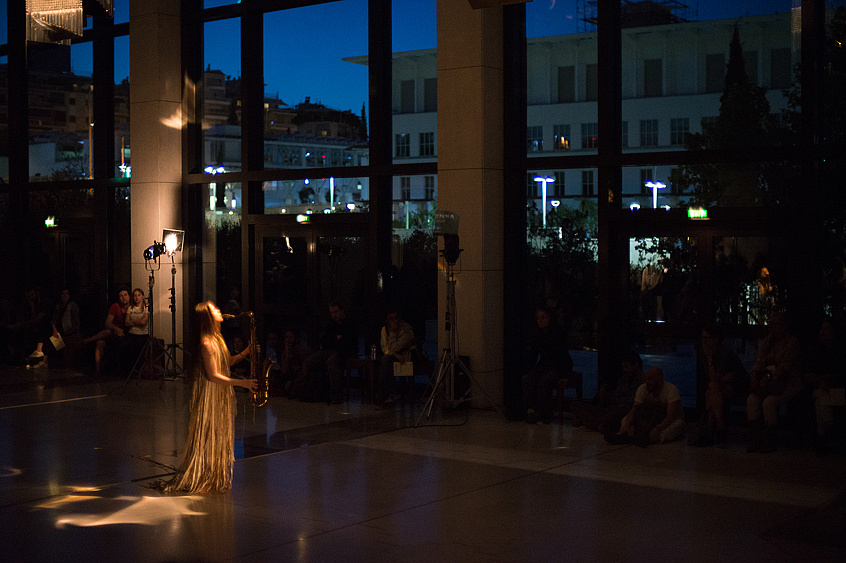“Where do voices go when we no longer hear them?” For more than a century they would go on gramophone records, 45 rpm singles, and 12-inch vinyl LPs, but also on some very special, handmade 78 rpm records, the 10-inch acetates, which you could use to record your own voice and send to your familiars, no matter how far away they lived. Specifically, emigrants in America used them often, relying on their grooves to carry their voices across the Atlantic.
What does a collector-artist do when he discovers such an archive of records in the forgotten stacks of a secondhand shop in Athens? What kind of responsibility does he assume toward these voices, or toward the people they address? What kind of relationship can he, Panos Charalambous, born in 1955 in Aetolia-Acarnania, Greece, form with them? How should he handle the vulnerable life of these voices? And, if he decided to return them to their original recipients, when, where, and how to do so?
Every time these records are played, they are irreparably worn. The voices have been engraved on sensitive material, susceptible to time and duration. Every temporary resurrection promotes their total annihilation; they can only exist if one assumes responsibility for their precarious existence, accepting their course to destruction by resurrecting them one more time; taking their lives into one’s hands and brushing aside the fear of their death.
Are some resurrections, however, more valuable than others? The needle does not catch in the grooves the same way each time: the voices may return even more clearly, despite the noise from the material of the record itself, from the deep cuts and the painful scratches. It may only take the right room, perhaps the room where the voices were first listened to, under the photographs that preserve the image of the people speaking, when images finally meet their voices once again, along with the living voices of the people who recognize them, for memory to speak. Ruins as well as resurrections, these vocal monuments are the “black marble” of the last century.
—Panayotis Panopoulos




